For many years, ASTM E384 has stated that test forces from 1 to 1000 gf can be used to determine the Vickers or Knoop micro-indentation hardness. But, is it realistic to consider using very low test forces when the indents are measured with a light optical microscope? ASTM E92 is being resurrected and changed to cover all test loads, micro- and macro-loads, from 1 gf to 120,000 gf. Most micro-indentation hardness testers manufactured over the last 50 years or more have provided the user with a 10X objective used to find the area of interest for testing and one measurement objective, 40X magnification being the most common. A few testers have offered 50X or 60X objectives to measure the indents. It is rare to find a tester with a multiple objective (and indenter) turret, such as the DuraScan system which has ports for 2 indenters and 4 objectives. But, even with the highest quality 100X objective, indents smaller than ~15 μm in length cannot be measured with adequate precision for realistic work. The ASTM standards should eliminate recommendation of use of test loads <50 gf for Vickers and <20 gf for Knoop.
In both ASTM E384 (Micro-indentation Hardness Test Standard) and the proposed revision and re-instatement of E92 (to cover both Macro- and Micro-Loads for Vickers and Knoop), test forces below 25 gf for both Vickers and Knoop testing are listed as permissible for use. The proposed E92 lists test forces for Vickers macro-testing up to 120 kgf , although no machine built in some time has provided forces above 50 kg. The original Vickers testers made in England did use test forces up to 120 kgf, but that is a historical fact, irrelevant today.

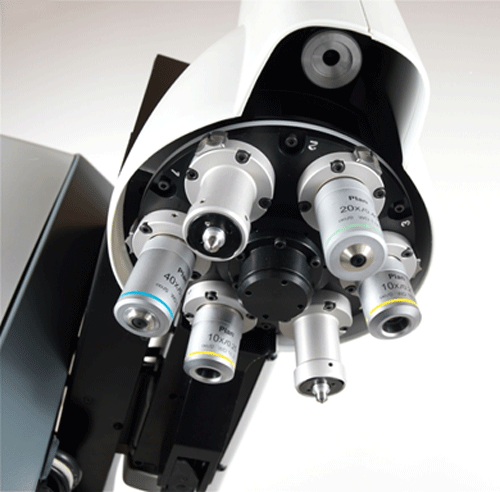
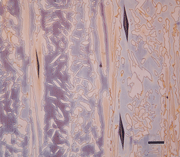 The control chart data analysis approach is an ideal method to evaluate the quality of test data using a specific tester, such as a microindentation hardness tester, over a period of usage time. The method described in ASTM E2554 was used for this work. This analysis is done by plotting a means and a
The control chart data analysis approach is an ideal method to evaluate the quality of test data using a specific tester, such as a microindentation hardness tester, over a period of usage time. The method described in ASTM E2554 was used for this work. This analysis is done by plotting a means and a 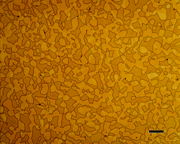
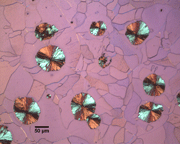
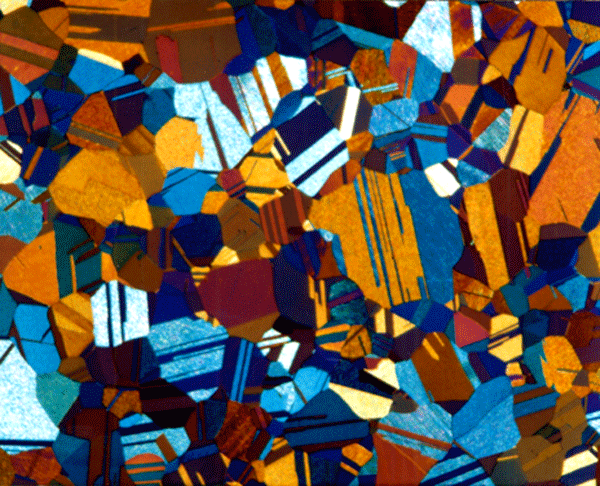

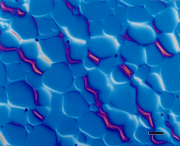 The reflected light microscope is the most commonly used tool for the study of the microstructure of metals. It has long been recognized that the microstructure of metals and alloys has a profound influence on many of their properties. Mechanical properties (strength, toughness, ductility, etc.) are influenced much more than physical properties (many are insensitive to microstructure).
The reflected light microscope is the most commonly used tool for the study of the microstructure of metals. It has long been recognized that the microstructure of metals and alloys has a profound influence on many of their properties. Mechanical properties (strength, toughness, ductility, etc.) are influenced much more than physical properties (many are insensitive to microstructure).